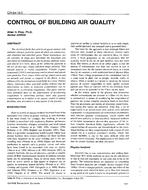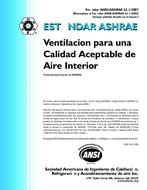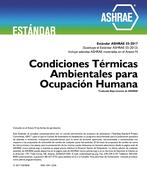Description
The electrical fields that exist in all spaces interact with airborne charges, particles (most of which are submicron), and absorbed and adsorbed gases. These interactions, not air currents, in large part determine the movement and deposition of contaminants in and on people, animals, walls, and objects in a room. Many of the submicron particles in the air, as they age, collide and form larger particles. This natural process is called coagulation. Volatile organic compounds (VOCs) and odorants tend to absorb and adsorb onto particles. Thus, where VOCs end up, plated-out in and on animals and people or trapped in the filters, is also influenced by the normal electrical fields in a room. Physics theory, laboratory data, and field studies indicate that the effectiveness of filters in removing contaminants can be enhanced by accelerating coagulation. Summarises published data on the effectiveness of accelerating coagulation in controlling particle, odour, and gaseous contamination as it relates to air quality control in animal facilities.
KEYWORDS: controls, buildings, air quality, indoor, laboratory animal housing, organic compounds, formaldehyde, ammonia, particles, aerosols, odour, performance, air cleaning, filters, contaminants, physics, experiment, content, electromagnetism
Citation: Symposium, ASHRAE Trans. 1994, Vol.100, Part 2
Product Details
- Published:
- 1994
- File Size:
- 1 file , 1.3 MB
- Product Code(s):
- D-17595




